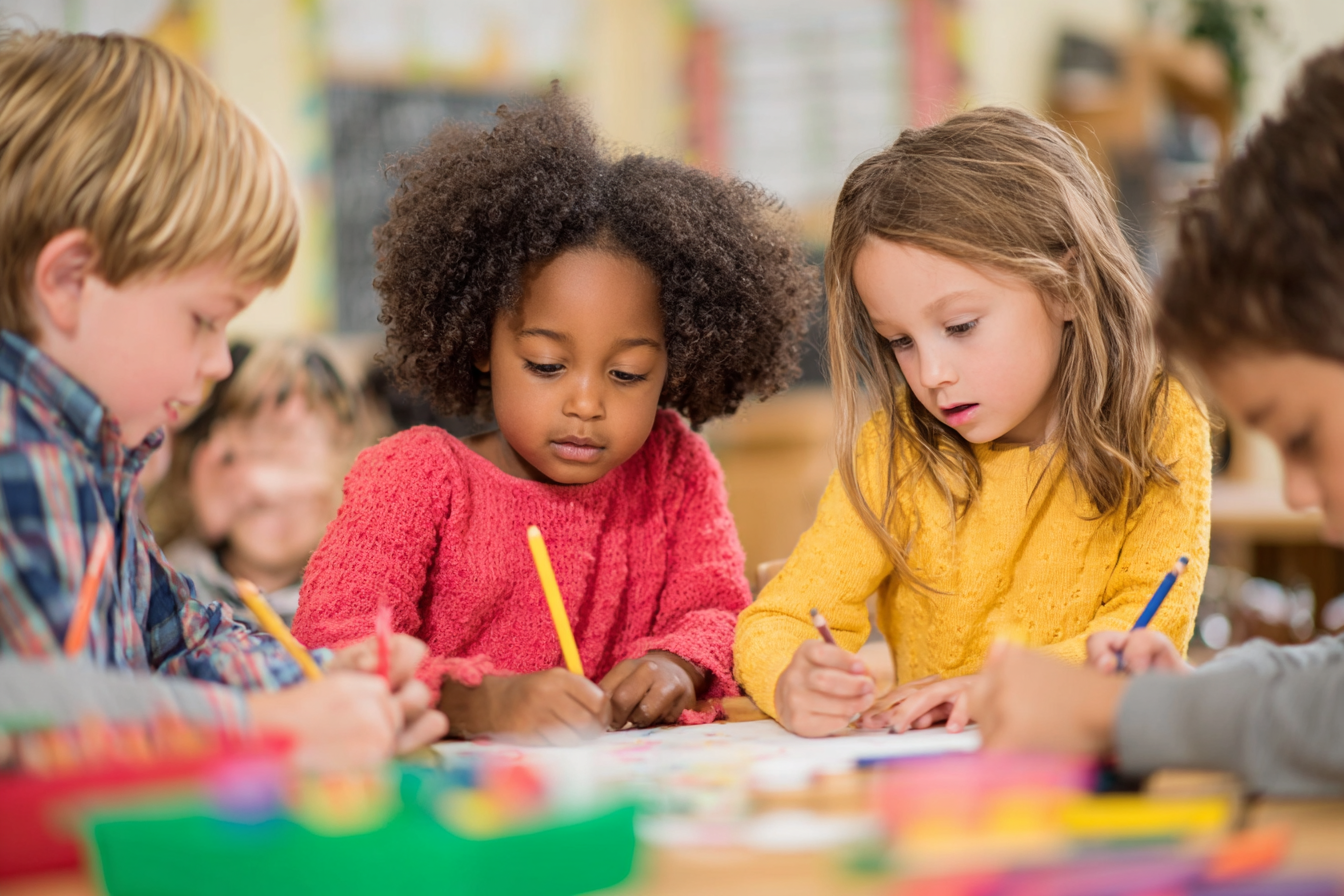Unit Plan 10 (Grade K Social Studies): My Classroom Map
Discover how to teach kindergarteners to create simple classroom maps using symbols, legends, and position words, helping them build early geography and direction-giving skills.

Focus: Help children see their classroom from above by creating a simple classroom map with symbols and a legend. Students practice using position words (“next to,” “behind,” “in front of”) to describe where things are and how to get from one place to another.
Grade Level: Kindergarten
Subject Area: Social Studies (Geography • Inquiry)
Total Unit Duration: 5 sessions (one week), 20–30 minutes per session
I. Introduction
In this unit, children become “classroom map makers” who look carefully at where everything is in their room—desks, carpet, door, teacher’s table, cubbies, sink, library, centers. They learn that a map is a picture that shows where things are from above, and that we can use symbols and a legend to make maps easier to read. By the end of the week, each student creates a simple classroom map and uses position words to describe a route from one place to another.
Essential Questions
- What is a map, and how is it different from a regular picture?
- What symbols can we use to show our classroom places on a map?
- How can a legend help us understand a map?
- How do position words like “next to” and “behind” help us tell someone where to go?
II. Objectives and Standards
Learning Objectives — Students will be able to:
- Explain that a map is a picture that shows where things are from above.
- Identify important classroom places (carpet, door, desk area, library, centers, sink, cubbies).
- Use simple symbols (shapes, pictures) and a legend to show classroom places on a map.
- Use position words (next to, behind, in front of, near) to tell where something is.
- Describe a simple route from one classroom place to another using their map.
Standards Alignment — Kindergarten (C3-based custom)
- K.C3.Geo.2 — Use simple maps, symbols, and position words to describe routes.
- K.C3.Inq.2 — Gather information from observations and simple sources (photos, maps, short texts).
Success Criteria — Student Language
- I can tell that a map shows where things are from above.
- I can name important places in our classroom.
- I can use symbols and a legend to show classroom places on my map.
- I can say where something is using position words like “next to” and “behind.”
- I can use my map to tell a friend how to get from one place to another.
